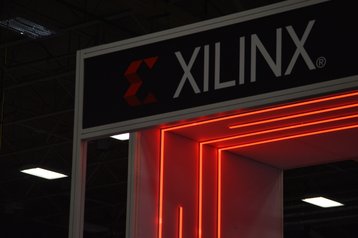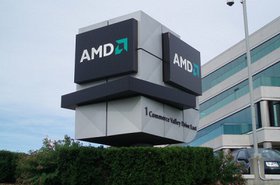AMD and Xilinx shareholders have both voted to approve their respective proposals for AMD to acquire Xilinx.
Other closing conditions still stand in the way of the completed acquisition, including regulatory approval, but the $35 billion deal is expected to close this year.
Who needs competition?
Xilinx is best known for its field-programmable gate arrays (FPGAs), which consist of logic blocks that can be configured by the customer on the spot to accelerate specific workloads. The chips have proved popular in automotive, aerospace, and military sectors, as well as 5G networking and data centers. Its primary rival, Altera, was acquired by Intel for $16.7 billion back in 2015.
AMD primarily focuses on CPU and GPU development, and has slowly gained market share from Intel in the consumer and data center sectors.
Its Epyc product line revamped its data center offering just as Intel faltered and struggled to meet production deadlines.
GPU competitor Nvidia is also planning a huge acquisition: Last September, it announced it would acquire the licensor of the world's most popular instruction set architecture, Arm, for $40bn.
But the deal appears to be more complex than that of AMD and Xilinx. Arm's China CEO is in open revolt, companies like Google and Microsoft are begging regulators to get involved, and the UK is thought to be uncertain about losing one of its few tech hardware success stories.




